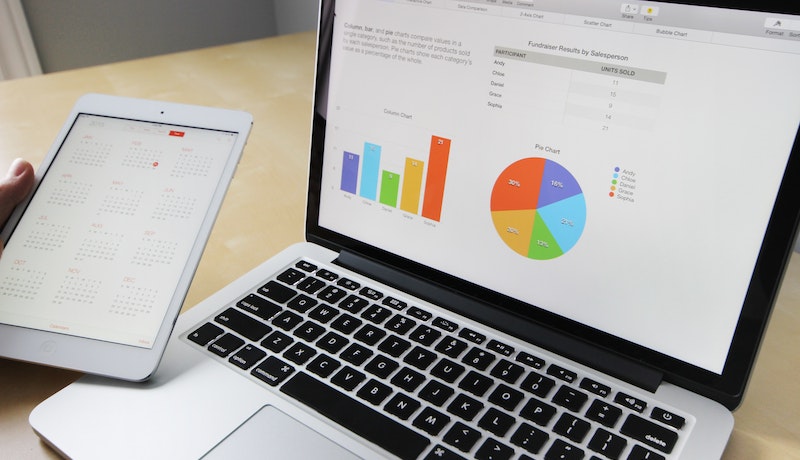Mastering Your Finances: A Comprehensive Guide to R Personal Finance for Financial Success

Personal finance management is a crucial skill that empowers individuals to take control of their financial future. With the power of R programming language at your disposal, you can leverage data analytics and visualization to make better financial decisions and achieve financial success. In this comprehensive guide, we will explore how to use R for personal finance, covering budgeting, investing, tracking expenses, and more.
1. Getting Started with R
If you are new to R, getting started is simple. First, download and install R from the official website (https://www.r-project.org/). Additionally, you may want to install RStudio, an integrated development environment (IDE) that makes working with R more user-friendly. Once you have R and RStudio installed, you're ready to dive into personal finance with R.
2. Budgeting with R
Budgeting is the foundation of personal finance. With R, you can create dynamic and interactive budgets to manage your income and expenses effectively. Start by importing your financial data into R, whether it's from a spreadsheet or a financial tracking app. Use R's data manipulation capabilities to organize and clean the data. Then, create visualizations like bar charts or line graphs to understand your spending patterns, identify areas of improvement, and set realistic financial goals.
3. Analyzing Investments
Understanding the performance of your investments is crucial for financial success. With R, you can analyze investment portfolios, track returns, and assess risk. Use R's quantmod package to fetch financial data from various sources, such as Yahoo Finance. Perform calculations to calculate daily returns, portfolio volatility, and other performance metrics. R's ggplot2 package allows you to create informative and visually appealing charts to visualize your investment performance over time.
4. Debt Management
Managing debt is an essential aspect of personal finance. R can help you analyze and strategize your debt repayment plan. Import data on your loans and credit card balances into R and create a debt payoff schedule. Use R's dplyr package to perform calculations like interest rate compounding and total interest paid. Visualize your debt repayment progress through interactive line charts or progress bars, keeping you motivated and on track to become debt-free. R provides a vast array of packages and functions that enable users to analyze and visualize debt-related data. By importing and cleaning financial data, individuals can gain insights into their debt profile, including outstanding balances, interest rates, payment schedules, and more. R's data manipulation and visualization capabilities allow users to identify patterns, trends, and areas of focus within their debt portfolio, facilitating informed decision-making.5. Tracking Expenses
Keeping track of expenses is critical for staying within your budget. With R, you can automate the process of importing and categorizing expenses. Use R's readr package to import data from expense tracking apps or credit card statements. Then, create an interactive dashboard with R Shiny to visualize and categorize your expenses. This dashboard will give you a real-time overview of your spending habits and allow you to identify potential areas of cost-cutting.
6. Building Financial Models
R's statistical and modeling capabilities can also be applied to personal finance. You can build financial models to predict future expenses, estimate retirement savings, or analyze the impact of different investment strategies. R's statistical packages, such as stats and forecast, enable you to perform time series forecasting and Monte Carlo simulations for financial planning.
7. Data Security and Privacy
While using R for personal finance offers valuable insights, it's essential to prioritize data security and privacy. Store sensitive financial data securely, avoid sharing personal information online, and keep your R scripts and data backups safe. Be cautious when using third-party packages and ensure they come from reputable sources.Empowering Your Financial Journey with R By harnessing the power of R programming language, you can take your personal finance management to a whole new level. From budgeting and investing to tracking expenses and building financial models, R provides the tools and capabilities to make informed financial decisions. Stay curious and keep exploring R's vast ecosystem of packages to discover new ways to improve your financial health. With R by your side, you'll be well on your way to mastering your finances and achieving financial success.










Stacey Barnett 7 days ago
thanks for sharing
ReplyJulie Terry 19 days ago
interesting
ReplyHeidi Price 28 days ago
always a pleasure
Reply